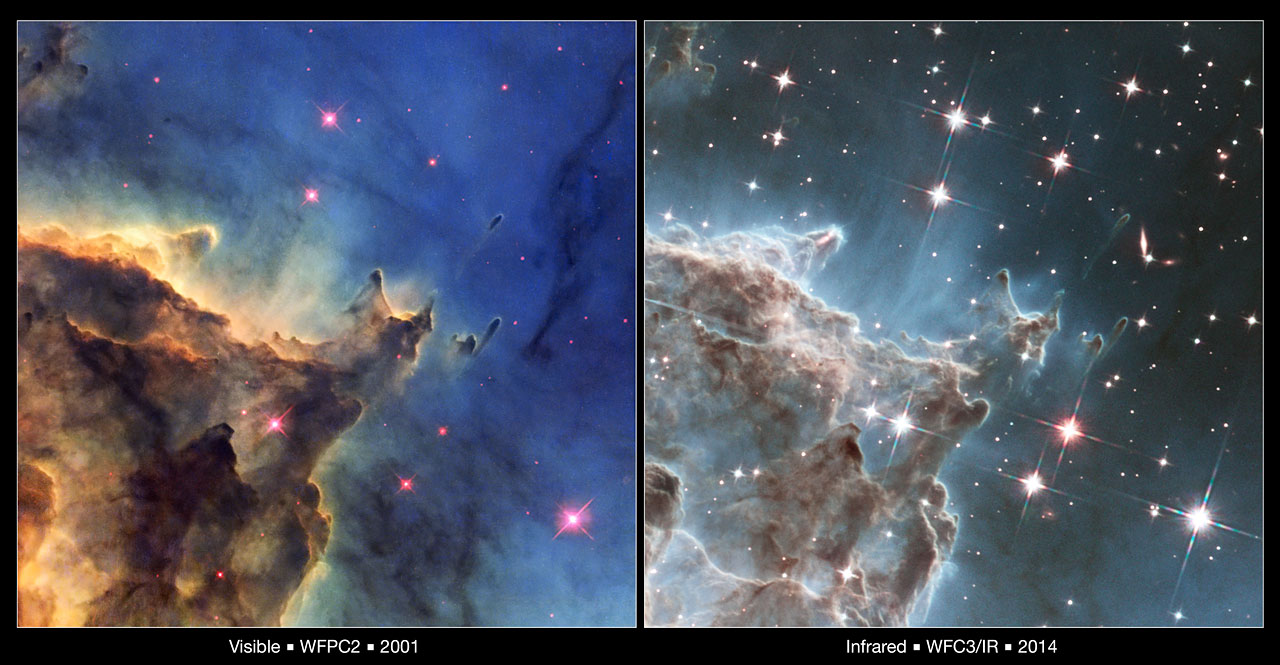For the size of the actual Universe,
I used this source. The idea that it's "at least" 15 million times larger is based on the curvature of the Universe. I don't think that rules out it being potentially infinite...?
"Observations from the Sloan Digital Sky Survey and the Planck satellite are where we get the best data. They tell us that if the Universe does curve back in on itself and close, the part we can see is so indistinguishable from "uncurved" that it must be at least 250 times the radius of the observable part. This means the unobservable Universe, assuming there's no topological weirdness, must be at least 23 trillion light years in diameter, and contain a volume of space that's over 15 million times as large as the volume we can observe. "
Regarding the number of galaxies in the known Universe, you're right, it's more likely to be in the hundreds of billions.



